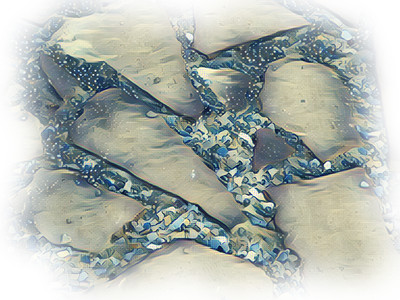Jointing for Paving
Almost every type of paving will have joints somewhere, whether it’s the occasional movement joint in concrete or seam in bitmac, or the mortar surrounding setts and cobbles. Cement, resin, pitch and more are all used at different times. The jointing does far more than simply fill the gap between this paving unit and the next one, it often has a critical structural role.
Pointing and Jointing for Paving
This page looks at the more popular techniques used to point paving using traditional materials: sand-cement mortars for flags, and dried sand for block paving.
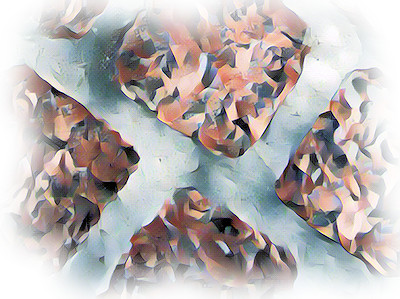
Jointing and Pointing for Stone Paving - Introduction
As well as providing an overview of what needs to be considered when choosing a jointing method, this page acts as the main index for all the pages dealing with the jointing of paving, particularly stone paving in all its many forms.
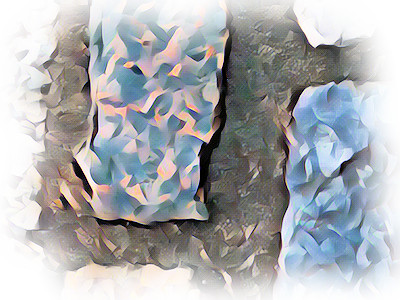
Jointing Definitions
There are certain terms used with regard to the pointing and/or jointing of pavements and it can be a bit confusing, to say the least. This page aims to provide clear and unequivocal definitions to aid the understanding of pavement construction and the role of the joint in pavement integrity.
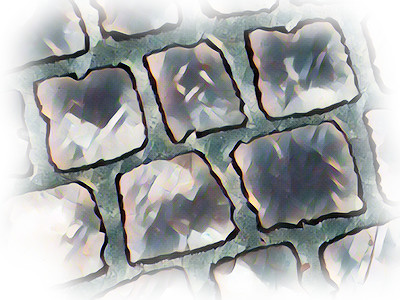
Pavingexpert and GapFast - Paving Spacers
Sapcers ensure regular joints widths within a paved area. This page looks at the innovative GapFast spacer, specifically developed to work with all sorts of paving projects to give consistent joint width without compromising the strength of the jointing material itself.

Pointing Styles
There are many different forms of jointing materials available, and almost as many different jointing styles, which reflects how the jointing is styled and finished. This page considers the more popular options.
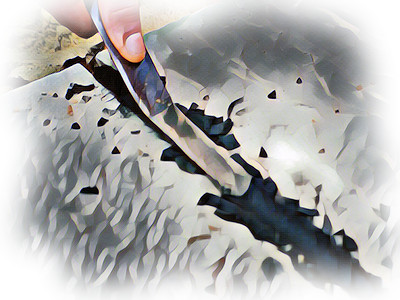
Jointing and Pointing for Stone Paving - Pitch Jointing
Pitch, which is simply an older name for bitumen or thick tar, has been used to joint setts, and other forms of paving, for hundreds of years. This page looks at its potential.

Polymer Sands and Modified Mortars
This page looks at some of the special jointing products that are used in the paving industry, specifically the three most important groups: Resin Slurry Mortars, Polymeric Mortars, and Modified Mortars.

Jointing and Pointing for Stone Paving - Loose Fill
Loose-fill or 'unbound' jointing for paving may, at first, seem nonsensical, but it is widely used with block paving and is regularly used with sett paving in Europe, so it does work, and should be considered as an option. But when is it right to use loose-fill jointing?
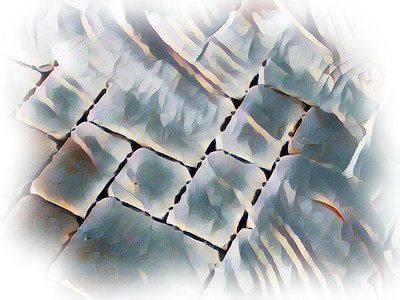
Joint Stabilising for Paving
Stabilisation is a technique used to 'fix' an otherwise loose material in place within a joint. They could be thought of as a form of 'glue' poured over the loose fill to help keep it in place. But is it any good?
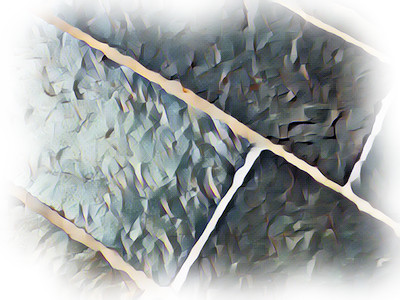
Alternative Jointing Materials
This page looks at some of the alternative jointing products that can be used for filling the gaps between paving units.
